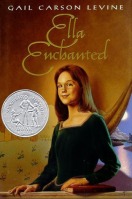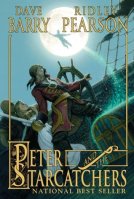As I was reading the June-released Before the Fall by Noah Hawley (yes, the one you’ve seen in the book store) I was trying to remember where I’d read something like it: the give and take narrative, everything explained in backstory. The myriad of characters. The slow unspooling of storytelling.
I read Station Eleven by Emily St. John Mandel this past winter and was immediately entranced by the no-rush-here writing. You’re dealing with a post-apocalyptic world, but just as important is theater, and art, and what makes us human.
Before the Fall is not post-apocalyptic in the usual sense: unlike Station Eleven, there is no mass outbreak of disease that kills 99% of the population. And yet the books have a similar feel, perhaps, because the tragedy of a plane crash separates like into “before” and “after,” in the same way a apocalypse must have a similar line of demarcation.
But I’m getting ahead of myself.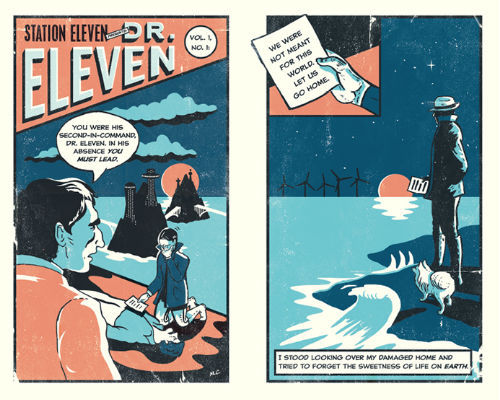
Hell is the absence of the people you long for
Station Eleven takes its name from a comic book one of the main characters is writing and illustrating, the story of people who left a ruined earth on a starship that is slightly broken, so they live in a world of perpetual twilight (pictured above.) But that’s not what the book is about: it’s about a theater troupe, traveling between towns in a post-biological disaster North America.
 But that’s not really what it’s about either, since half the book takes place before the disaster ever happened. So Station Eleven is really about what it means to be an actor, or the wife of an actor.
But that’s not really what it’s about either, since half the book takes place before the disaster ever happened. So Station Eleven is really about what it means to be an actor, or the wife of an actor.
It’s also about how different people react to tragedy, and power. It’s about finding yourself adrift in a new life and making yourself anew.
One of the best things about this novel is that it’s about a whole lot of things. It’s a new take on dystopia. Rather than focus on the President of the United States, or the Person Who Discovered The Imminent Tragedy, this is not a book about people trying to prevent an apocalypse from happening. This is about Joe Schmoes (and very rich Joe Schmoes) who have to deal with life before and after the world ends.
And it switches focus a lot (though, if I remember correctly, it always stays in omniscient?) Every chapter you’re with someone new, and it may be before or after the world has ended. So this is not in chronological order, but maybe it’s in emotional order? Operating on train of thought, rather than the rigidity of calendar dates.
Life is a series of decisions and reactions. It is the things you do and the things that are done to you. And then it’s over.
And then there’s Before the Fall, which focuses on a plane crash, and about how one man
who shouldn’t have been on the plane swims to shore with a little boy on his back, and what happens afterwards. It’s about tragedy porn. And the twenty-four-h our news cycle. And about human beings having lives that happen to mesh on one airplane, or around one airplane, or because of one airplane.
our news cycle. And about human beings having lives that happen to mesh on one airplane, or around one airplane, or because of one airplane.
Like Station Eleven, it’s about a lot of things. This one does involve the FBI, the people in charge. The billionaires. But it’s also about art, and the meaning of art and the meaning of being an artist, and what it takes to be a hero.
This one definitely is omniscient–you can bounce from the point of view of the artist who swam to shore with the little boy, to the FBI agent in charge of finding the plane, to a jealous ex-husband, to a television star, all in one chapter. You bounce between the investigation to one of the characters, twenty years before. Again, this is in emotional, not chronological, order.
There’s more of a conclusion to Before the Fall than in Station Eleven. After reading, you can pretty much predict what’s going to happen after the book closes. This isn’t necessarily a good or bad thing, but after Station Eleven I felt like I needed another book to explain the ending. One leaves you wondering, the other leaves you guessing.

 writer.
writer.
 n their years, the adventure a wild tale similar to (though smaller than) It.
n their years, the adventure a wild tale similar to (though smaller than) It.  to such gems as “Leave the gun, take the cannoli” at an age where you barely comprehended what a gun was. (You always knew what a cannoli was, you were born knowing what a cannoli was.) Even if you’re not Italian-American, even if you’re just American-American, even if you’re just alive, you’ve heard of The Godfather. Because The Godfather is wonderful.
to such gems as “Leave the gun, take the cannoli” at an age where you barely comprehended what a gun was. (You always knew what a cannoli was, you were born knowing what a cannoli was.) Even if you’re not Italian-American, even if you’re just American-American, even if you’re just alive, you’ve heard of The Godfather. Because The Godfather is wonderful. Mike’s…well, Mike’s twelve, he’s not really a main part of this book.
Mike’s…well, Mike’s twelve, he’s not really a main part of this book.









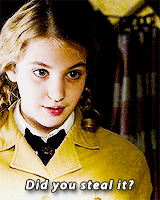 through the streets to deliver first-edition copies of books–kind of like stealing books (looking at your, Liesel) and like in that German war-zone, in Ink & Bone, these kids could be caught and served capital punishment. Because this is what London could be like if the Great Library of Alexandria never burned down.
through the streets to deliver first-edition copies of books–kind of like stealing books (looking at your, Liesel) and like in that German war-zone, in Ink & Bone, these kids could be caught and served capital punishment. Because this is what London could be like if the Great Library of Alexandria never burned down.
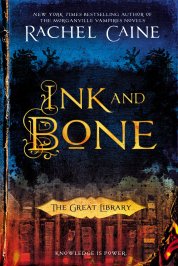 But if an all-knowing library doesn’t pique your interest, just wait until you hear about the characters. Why did you care about Liesel and Rudy? Why did you care? Because, deep down, you know that the book being narrated by Death itself cannot have a happy ending. Because, deep down, you know that people die.
But if an all-knowing library doesn’t pique your interest, just wait until you hear about the characters. Why did you care about Liesel and Rudy? Why did you care? Because, deep down, you know that the book being narrated by Death itself cannot have a happy ending. Because, deep down, you know that people die.

 There are a lot of familiar faces in this: J. Jonah Jameson, The Human Torch, Spider-Man, Captain America, the Sub-Mariner, the Fantastic Four, the X-Men. But it’s not the story of them. It’s the story of how those with super powers swing wildly on the scale of popularity. One minute, they’re the glorious heroes. The next, heroes are being scorned by the city for demolishing skyscrapers. They are being hunted down in Red-Scare type hysteria when it becomes clear that mutants, heroes, can be the person living next door.
There are a lot of familiar faces in this: J. Jonah Jameson, The Human Torch, Spider-Man, Captain America, the Sub-Mariner, the Fantastic Four, the X-Men. But it’s not the story of them. It’s the story of how those with super powers swing wildly on the scale of popularity. One minute, they’re the glorious heroes. The next, heroes are being scorned by the city for demolishing skyscrapers. They are being hunted down in Red-Scare type hysteria when it becomes clear that mutants, heroes, can be the person living next door.
